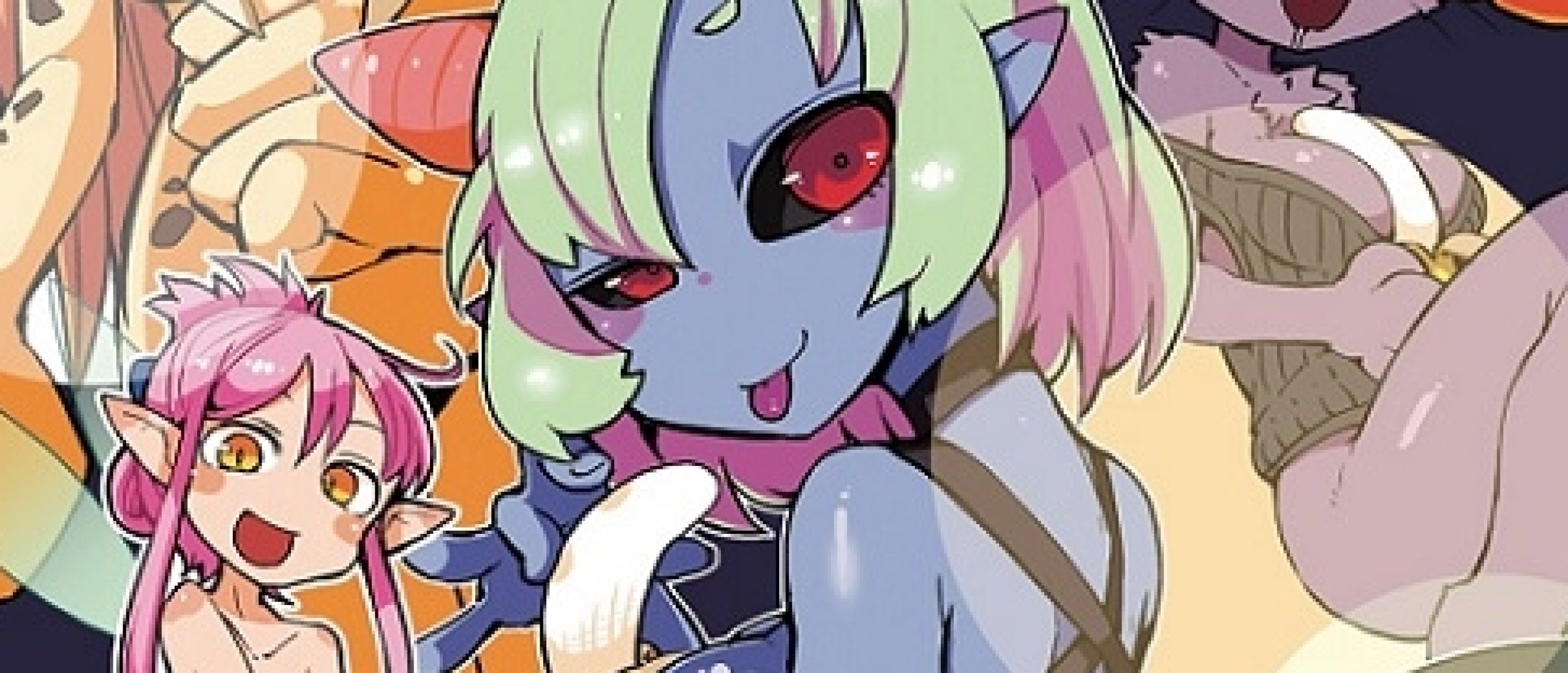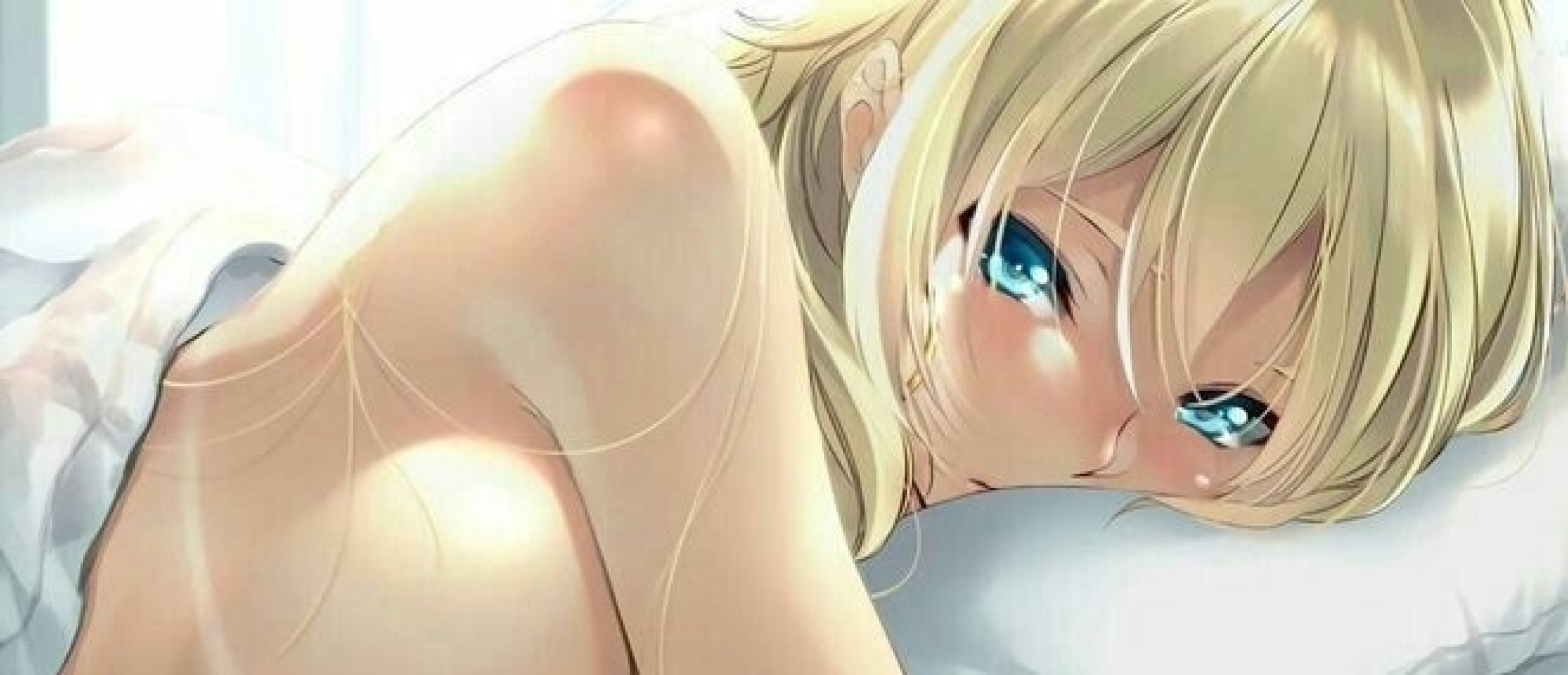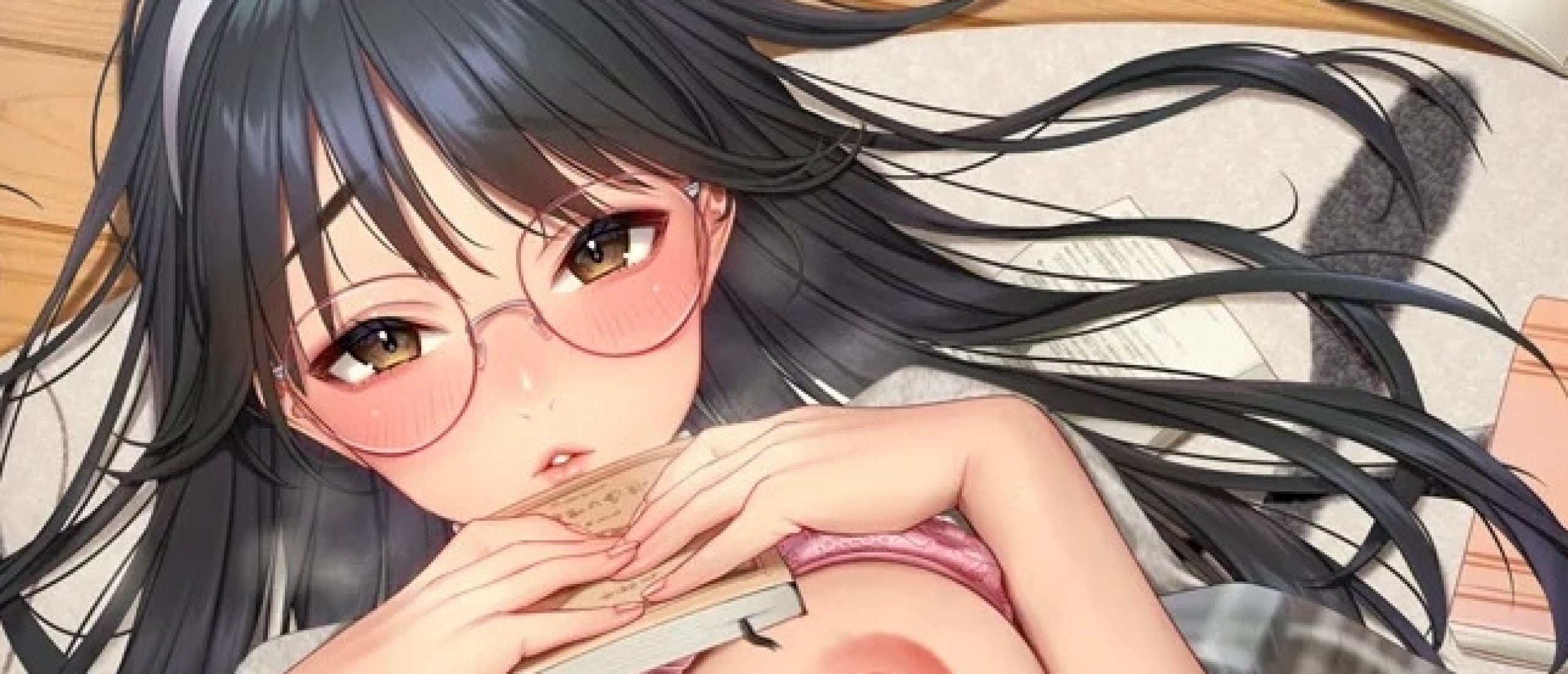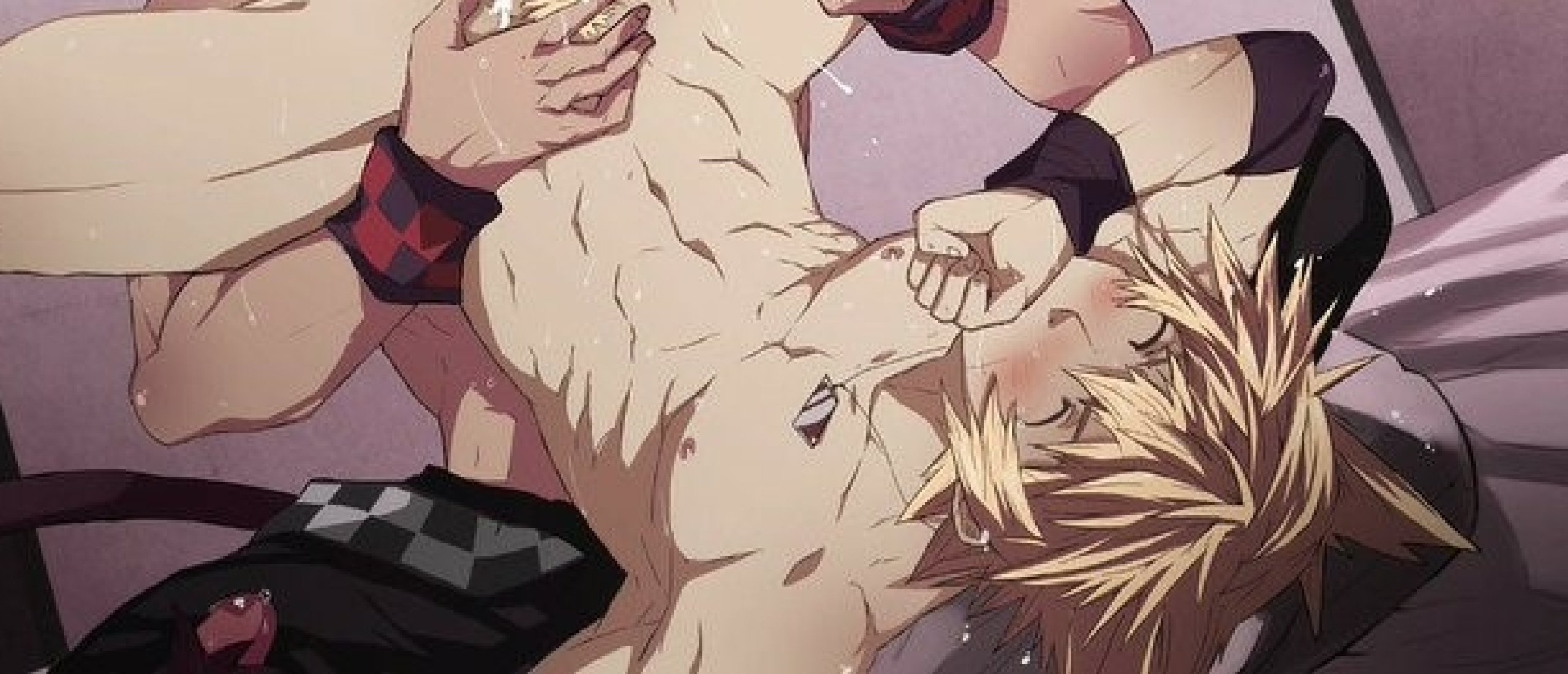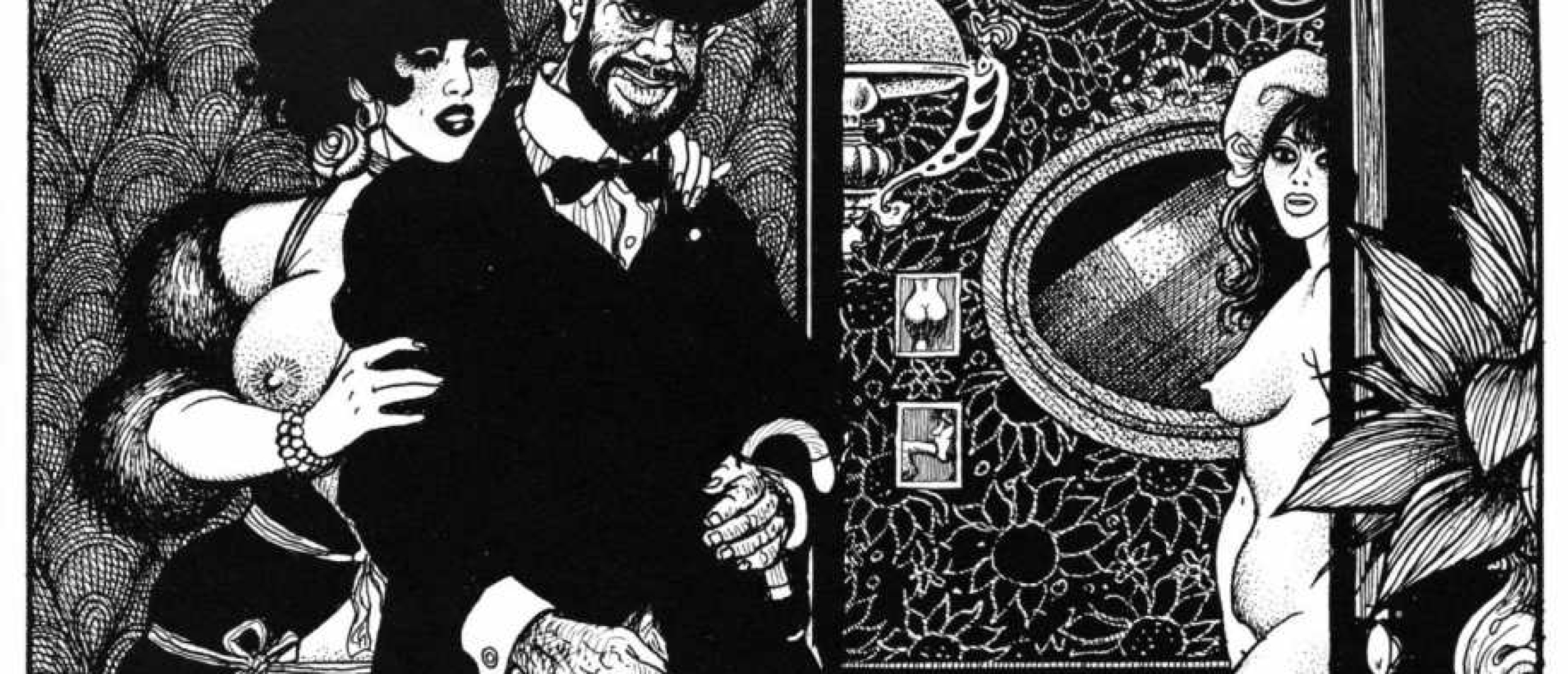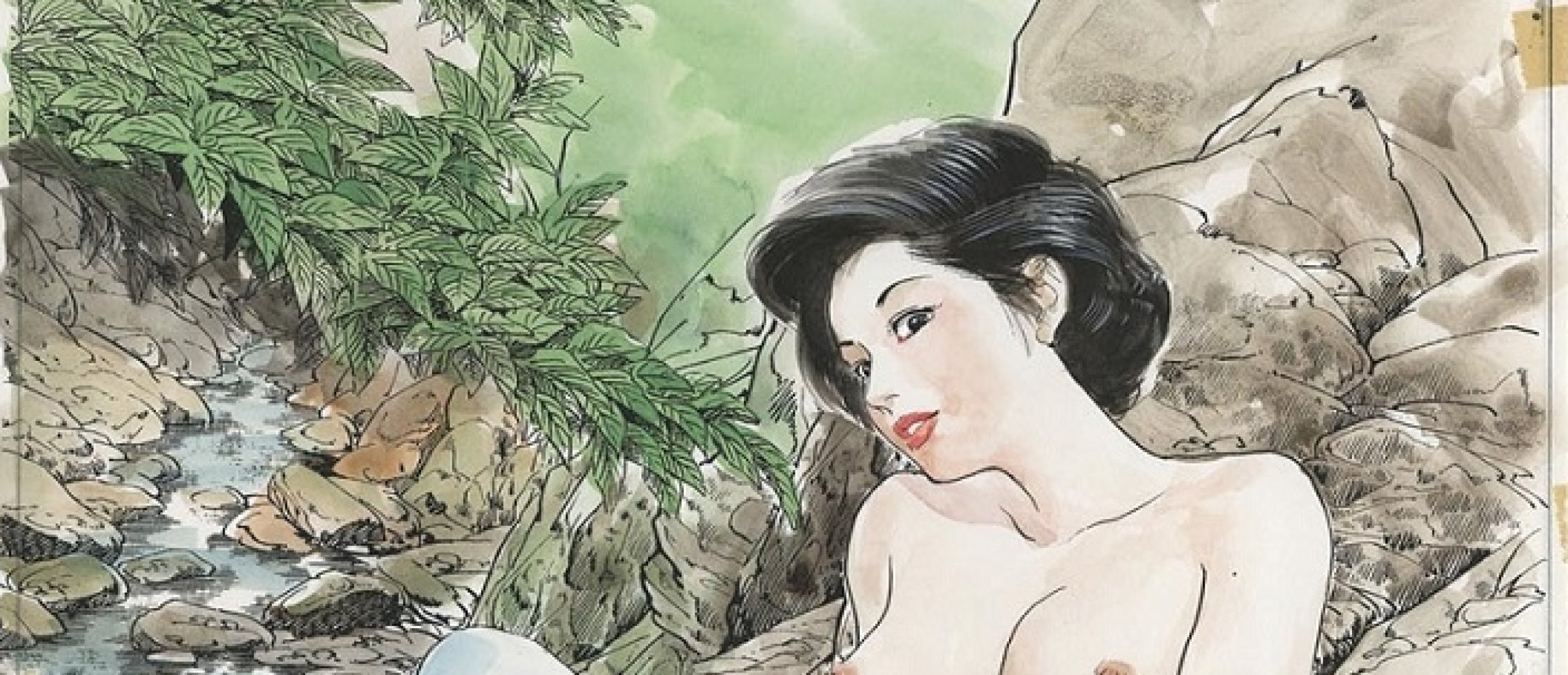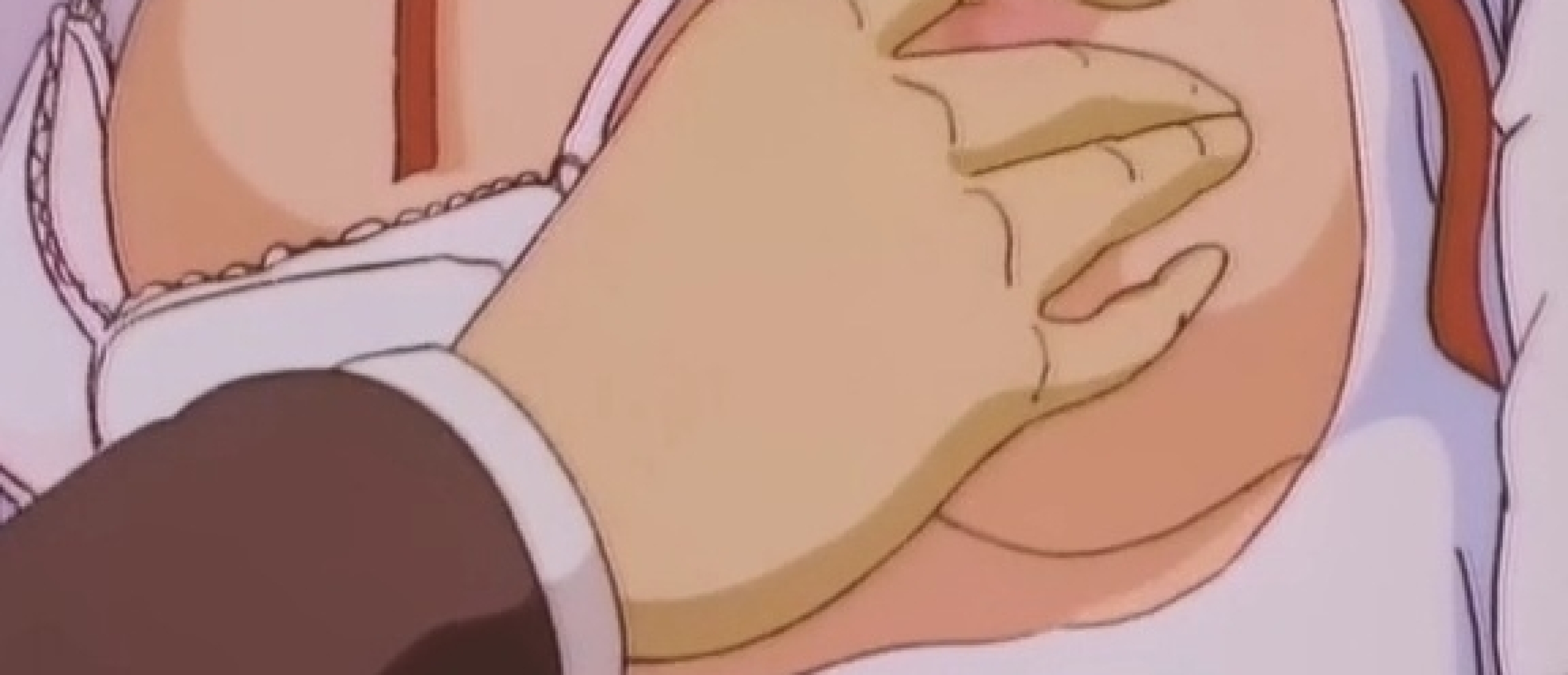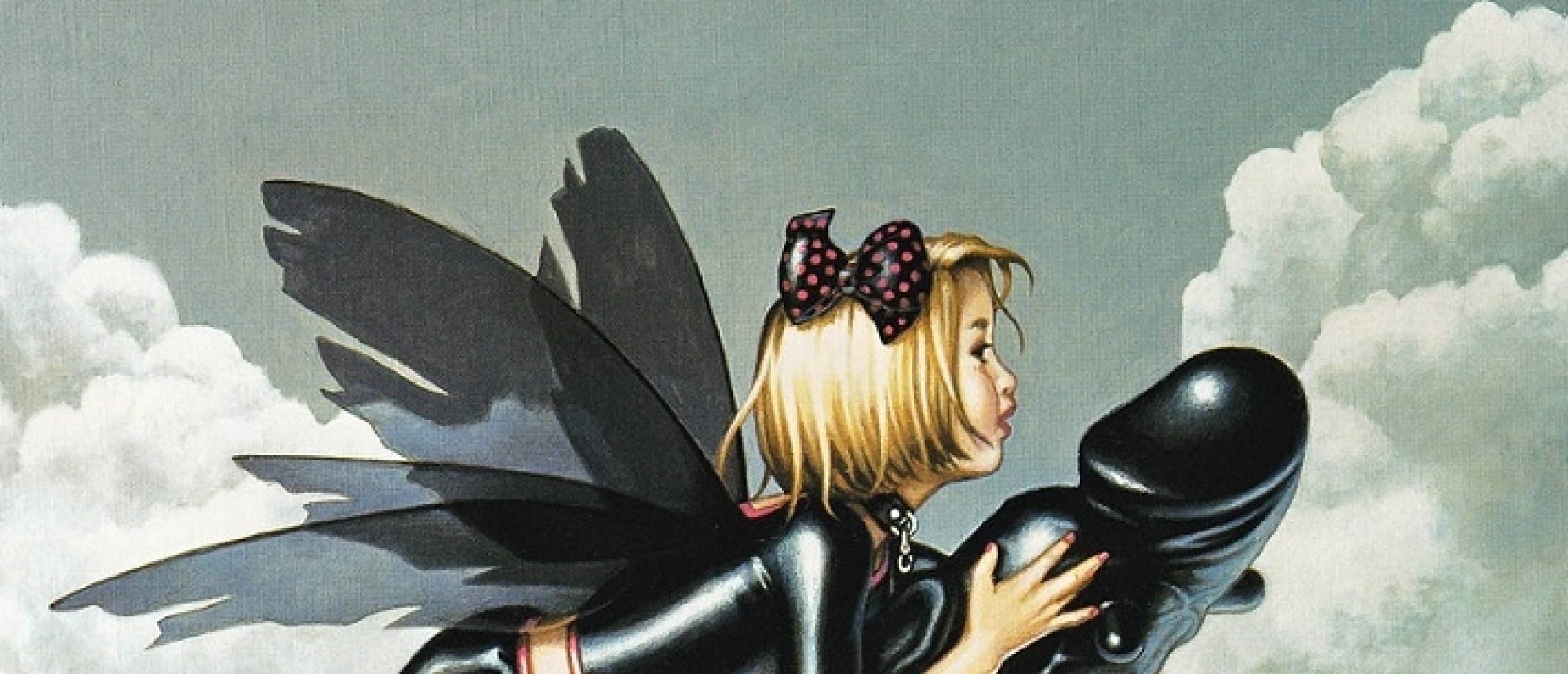
In this fourth text about terms related to hentai, we will address lolicon and shotakon. For us Westerners, they are controversial genres, as they involve the representation of characters that resemble children, although the type of deformation caused in their bodies makes them have little or almost no connection with those of the real world. Although for otaku * the reception of lolicon and shotakon has nothing to do with pedophilia, and such an insinuation is even offensive, the same thing does not happen in the western world.
![]()
Fig.1.

Fig.2.
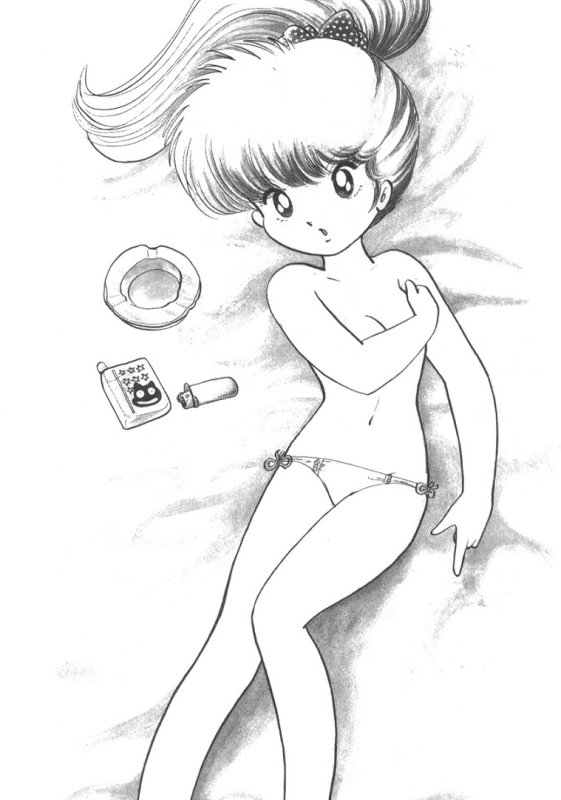
Fig.3.

Fig.4.
Nymphet
As an example, we can mention the case of the manga Kodomo no Jikan (2007), by artist Watashiya Kaworu, which was considered "inappropriate" for the American public when it was published under the name Nymphet. In her blog, in the face of this censorship, Watashiya Kaworu answered these questions around her manga saying that “made [her] realize the differences in cultures between the countries”.
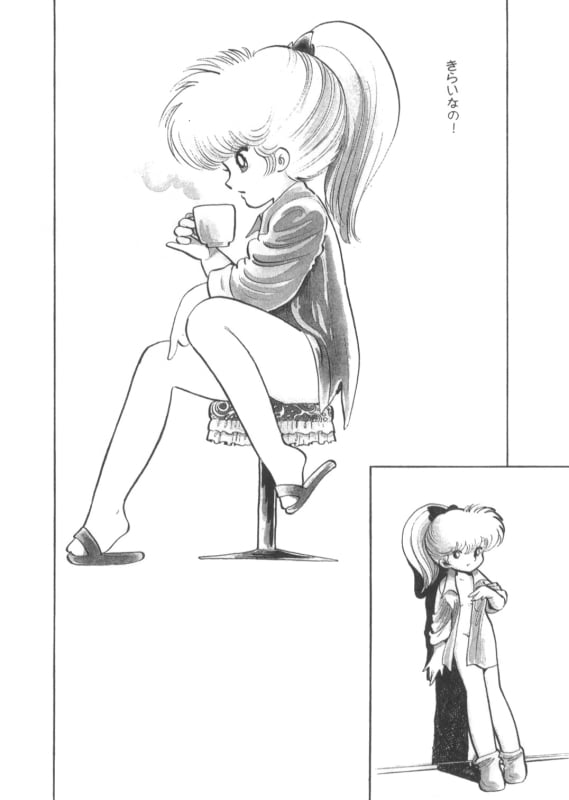
Fig.5.

Fig.6.
![]()
Fig.7.

Fig.8.
13 Lolicon (ロリコン)
The word lolicon is a derivative of readings that have been made of Vladimir Nabokov's novel Lolita, published in 1955, which details a man's obsession with a 12-year-old girl. The term "Lolita complex", which originated the word lolicon, may have been first introduced in Japan when Russell Trainer's book The Lolita Complex (1966) was translated. The word lolicon is currently used in Japan to describe a sexual attraction to pre-adolescent girls or an individual with such a desire.
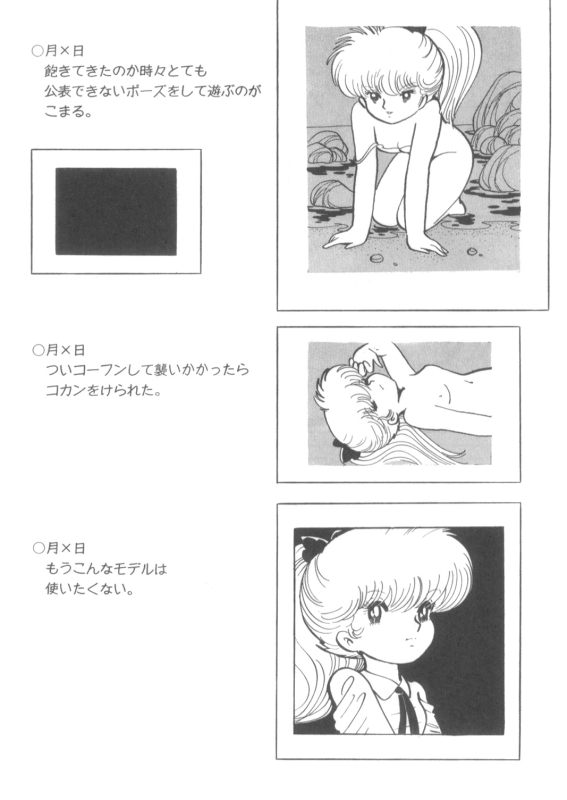
Fig.9.
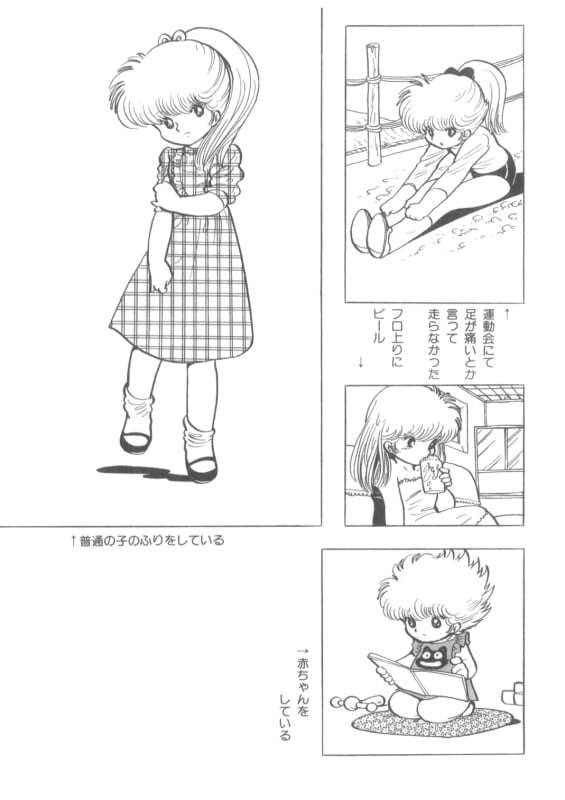
Fig.10.

Fig.11.
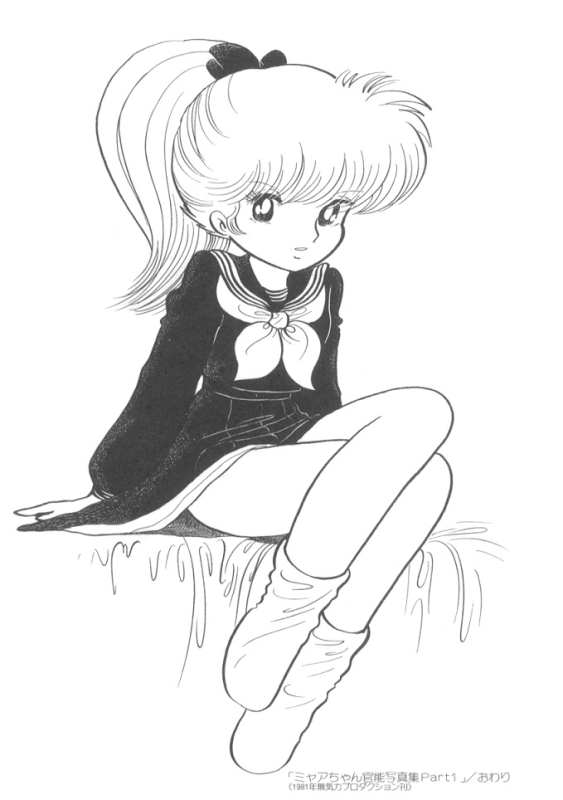
Fig.12.
Izu Dancer
Before the emergence of this word in Japanese popular culture, there were already works that thematized an older man's attraction to teenage girls, as we can see in the short story "Izu Dancer" (1925), by Kawabata Yasunari. In the West, well before Nabokov's novel, we can mention the novel Death in Venice , by Thomas Mann, published in 1913, which narrates the obsession of Gustav von Aschenbach, a middle-aged German writer who goes through a period of writer's block and decides to travel to Venice, where he meets the young Polish Tadzio, just 14 years old, with whom he becomes obsessed.
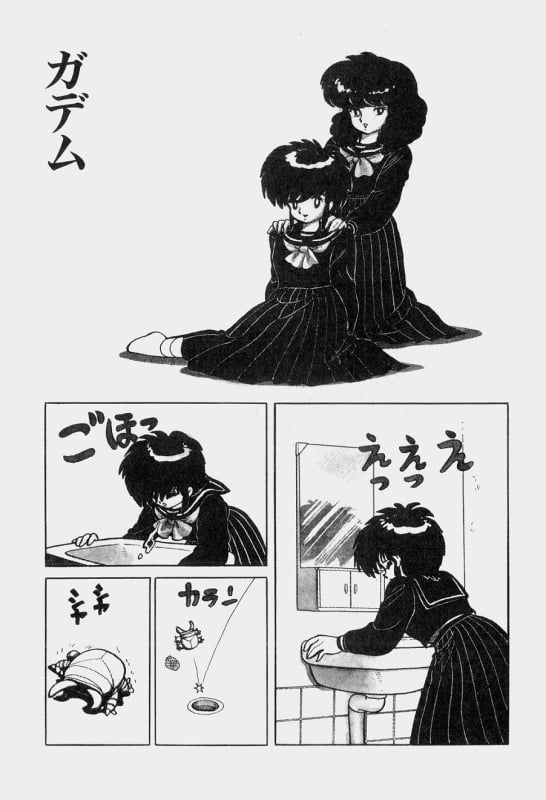
Fig.13.

Fig.14.
Azuma Hideo
In 1979, Azuma Hideo published the doujinshi manga Cybele (Fig.13 to 16), the first work whose characters have characteristics that are in line with the term “lolicon”. Azuma Hideo helped to create a genre of manga that was both pornographic and comic, which managed to stimulate the reader with characters whose representation of bodies was based on an unrealistic aesthetic. In the 1980s, magazines such as Manga Burikko (1983-86) and Lemon People (1981-88) brought lolicon art to its zenith.
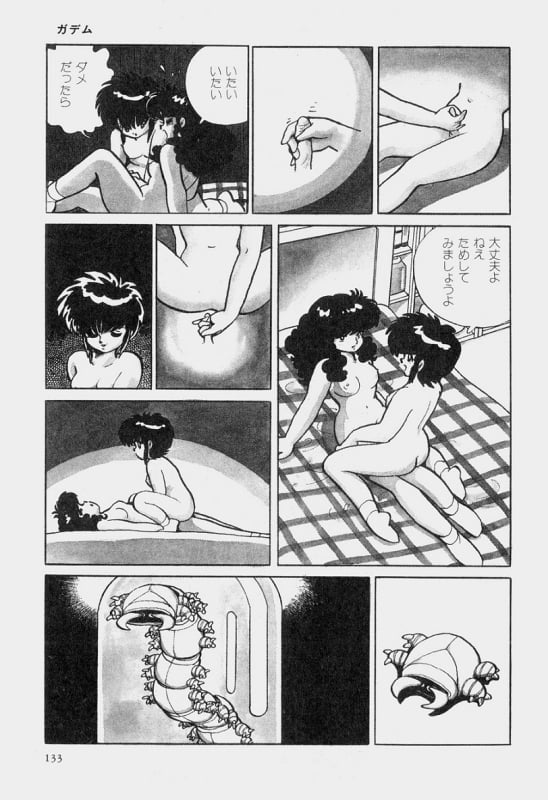
Fig.15.
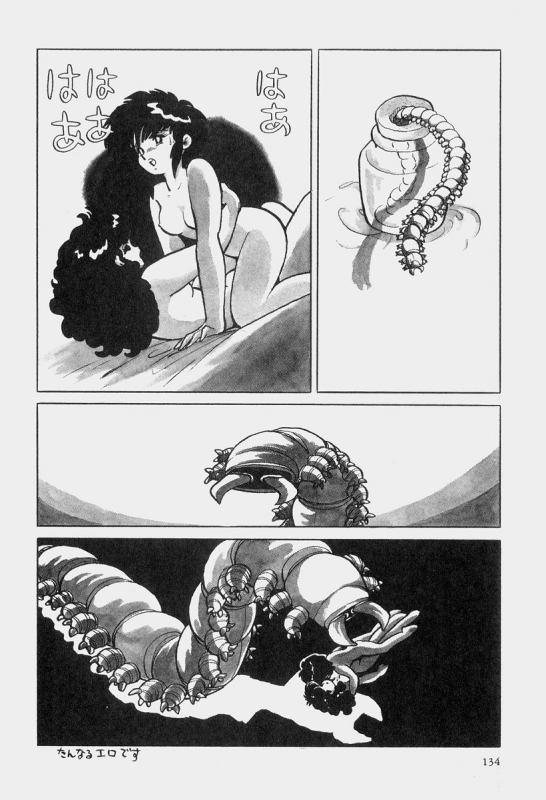
Fig.16.
Virtual Child Pornography
Although child pornography has been banned in Japan since 1999, Lolicon characters are not. In his article “Lolicon: The Reality of 'Virtual Child Pornography' in Japan”, Patrick W. Galbraith points out several arguments to show that the relationship between otaku and lolicon cannot be defined as pedophilia. For him, the otaku's fascination with two-dimensional images is not necessarily about real girls, but rather about the idea of girlhood (shojo sei) represented by cuteness (kawairashisa).

Fig.17. Artwork by Trevor Brown

Fig.18. Artwork by Trevor Brown
![]()
Fig.19. Artwork by Trevor Brown
Pure Fiction
Lolicon readers derive pleasure not from having a sexual organ, but from experiencing the ecstasy associated with young girls. They identify with the girl and derive a masochistic pleasure from it. Otaku are aware that their desire is for fictional characters and appreciate it precisely because it is fiction. Anime, manga, and games offer a completely imagined world that does not exist in reality, a realm of pure fiction that is intentionally separated from everyday life.
In the extended part in Premium we're going to explore the term Shotakon including many striking pictures.
*otaku (in Japan) a young person who is obsessed with computers or particular aspects of popular culture to the detriment of their social skills
You can find part 5 of the hentai guide by clicking here.

